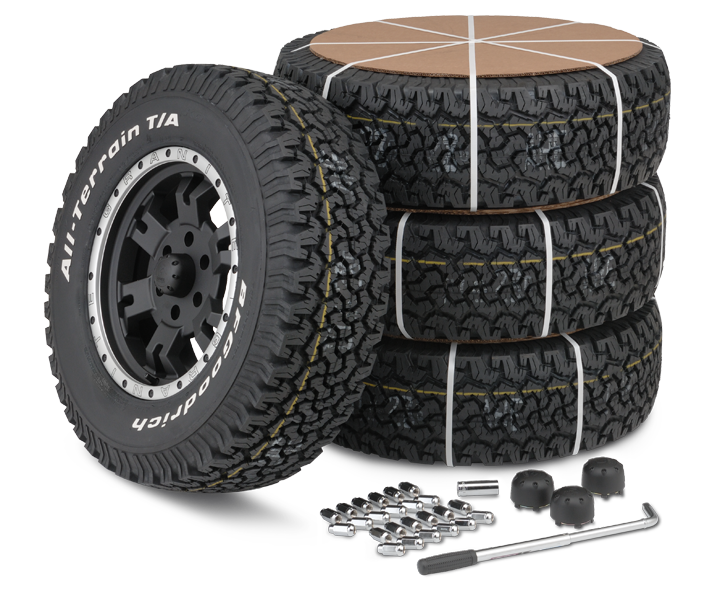Enjoy Big Financial Savings on Discount Tires Morris IL: Shop Now for Bargains
Enjoy Big Financial Savings on Discount Tires Morris IL: Shop Now for Bargains
Blog Article
Tire Service: Understanding Tire Pressure Surveillance Equipments
Recognizing Tire Pressure Monitoring Solutions (TPMS) is a critical element of maintaining optimum car efficiency and security on the roadway. With improvements in vehicle innovation, TPMS has actually come to be a basic attribute in modern cars, providing real-time information on tire stress levels.

Relevance of TPMS
The value of Tire Stress Tracking Equipments (TPMS) hinges on their capability to enhance car security and performance through real-time monitoring of tire stress degrees. Keeping the appropriate tire pressure is critical for making certain ideal handling, stopping, and total safety and security of a car. TPMS offers vehicle drivers with immediate feedback on any overinflated or underinflated tires, enabling timely adjustments to be made.
Parts of TPMS
Making up numerous necessary aspects, a Tire Pressure Surveillance System (TPMS) functions as an advanced security function in contemporary lorries. The main parts of a TPMS consist of sensors, a control component, and a warning indication. Sensing units are generally located in the tire shutoff stem or affixed to the wheel assembly, where they gauge tire pressure and transfer information to the control module. If it identifies considerably reduced pressure in any of the tires, the control module processes this info and causes a warning. The caution sign, typically a sign on the dashboard, signals the chauffeur to examine the damaged tire or tires. Some advanced TPMS designs likewise display the actual tire stress analyses for every tire, supplying chauffeurs with real-time info to guarantee ideal tire efficiency and safety. By monitoring tire pressure continuously, TPMS assists prevent mishaps, lowers tire wear, and improves fuel efficiency, making it an important component for car security and performance.
Kinds of TPMS

On the other hand, indirect TPMS depends on the automobile's wheel rate sensing units to monitor tire stress. This system identifies underinflation by comparing the rotational speeds of the wheels. Indirect TPMS is much less expensive than direct TPMS, as it makes use of existing sensing units within the car.
While straight TPMS provides much more accurate analyses, indirect TPMS is simpler in style and commonly requires much less maintenance. Both systems have their limitations and advantages, and the option between them commonly relies on aspects such as expense, lorry make, and individual choice. Recognizing the differences between these 2 types of TPMS can assist vehicle owners make informed choices regarding tire upkeep and safety.
TPMS Upkeep Tips
Conduct regular checks on the tire pressure levels and contrast them with the TPMS readings to ensure they are constant. Throughout tire rotation or substitute, make sure that the TPMS parts are dealt with thoroughly to stop any type of possible damages. If the TPMS alerting light illuminates on the control panel, resolve the concern promptly by examining the tire stress and the general system for any type of faults.
Benefits of Correct Tire Pressure
Maintaining correct tire stress, as highlighted in TPMS Maintenance Tips, is important for enjoying the numerous benefits connected with ideal tire pressure degrees. Additionally, proper tire pressure ensures also tire wear, extending the life expectancy of the tires and advertising safer driving conditions. In conclusion, the advantages of correct tire pressure go past just tire longevity; they incorporate boosted fuel performance, boosted security, better lorry efficiency, and total driving convenience.
Final Thought
In final thought, comprehending tire pressure tracking systems (TPMS) is critical for keeping optimal Read More Here tire stress and guaranteeing Recommended Site vehicle safety. By recognizing the significance of TPMS, being familiar with its components, understanding the various types readily available, sticking to correct maintenance tips, and realizing the advantages of preserving correct tire pressure, vehicle drivers can improve their driving experience and extend the life expectancy of their tires. Proper tire stress is vital to risk-free and reliable car procedure.

Report this page